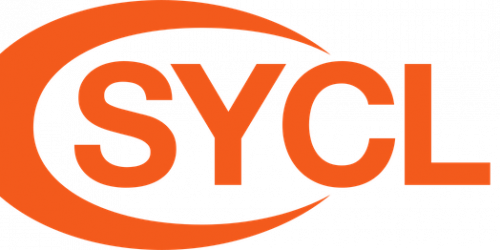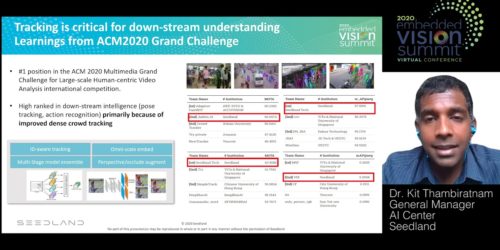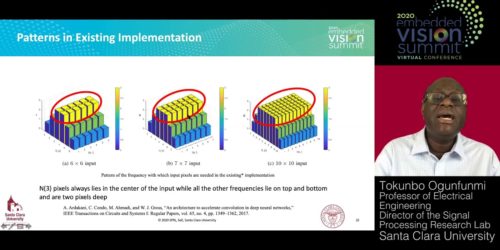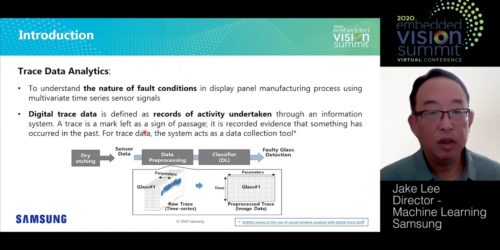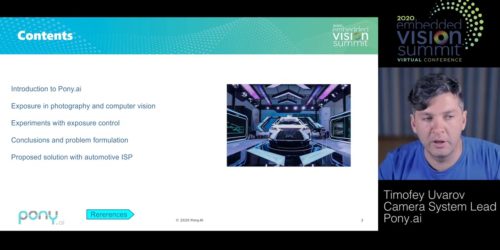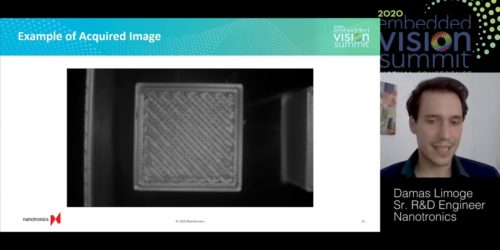Khronos Releases SYCL 2020 Specification
Major update includes dozens of new features and closer alignment with ISO C++. Significant SYCL adoption in embedded, desktop, and HPC markets. Beaverton, OR – February 9, 2021 – Today, The Khronos® Group, an open consortium of industry-leading companies creating advanced interoperability standards, announces the ratification and public release of the SYCL™ 2020 final specification—the […]
Khronos Releases SYCL 2020 Specification Read More +

